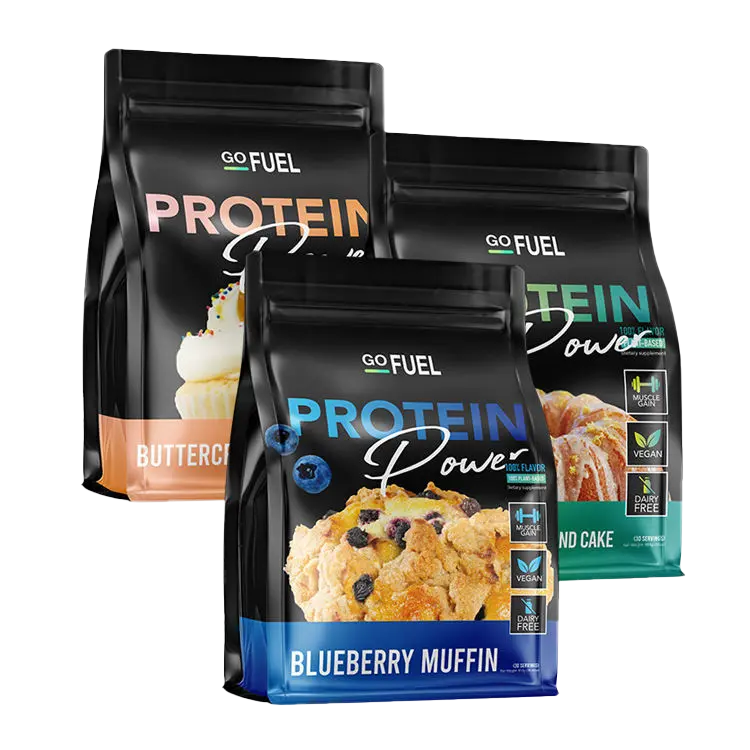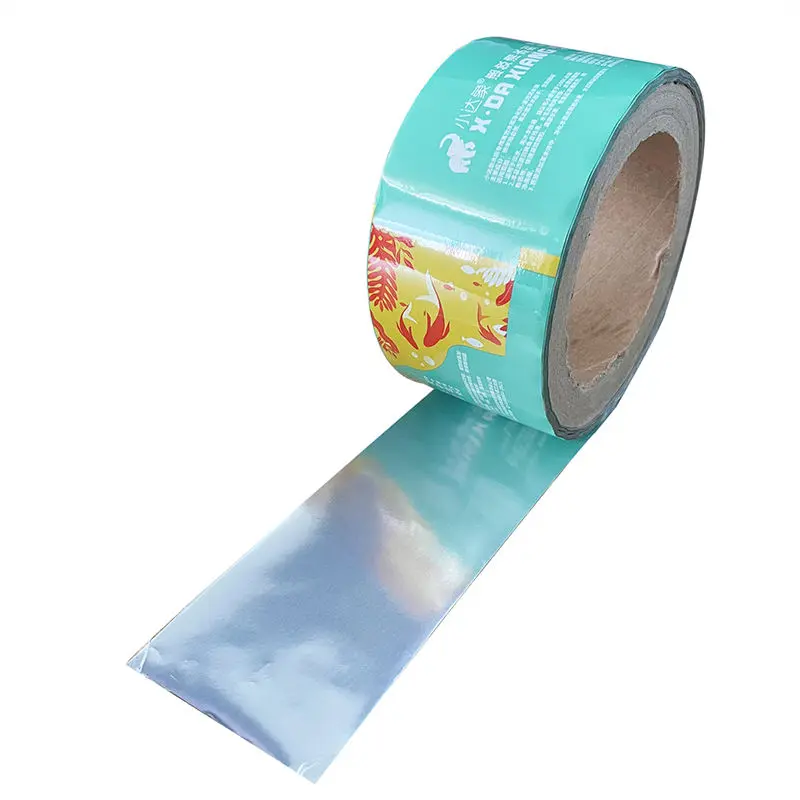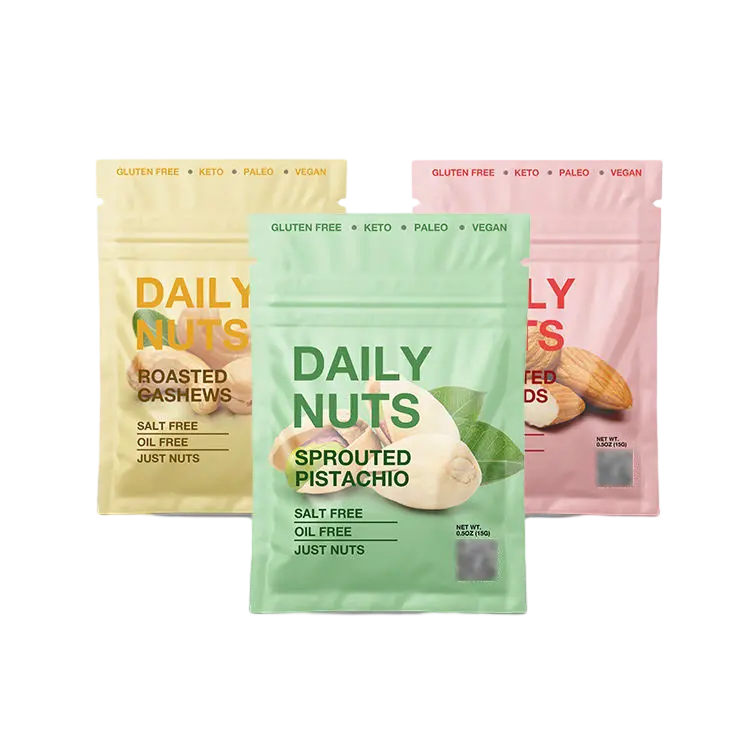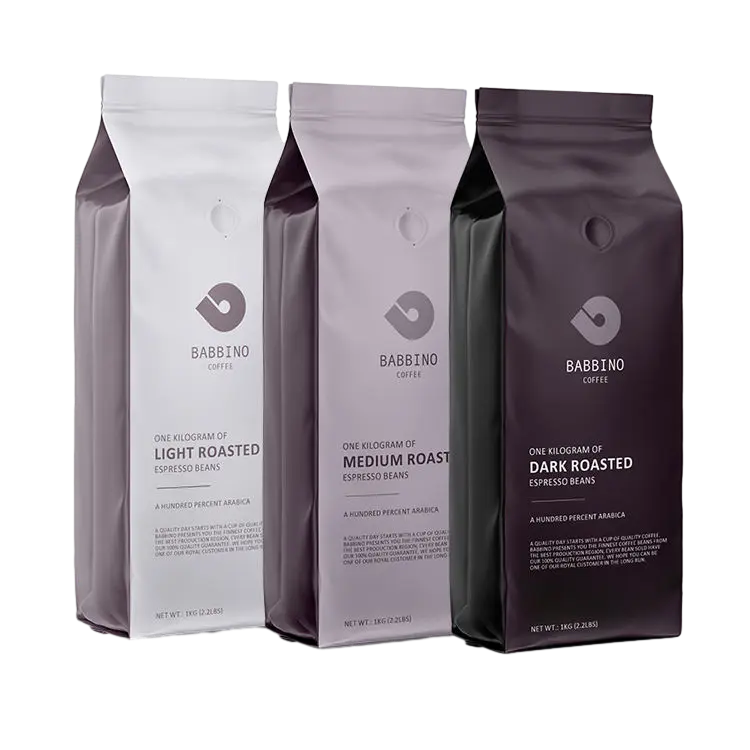Mylar bags have become a widely used method of food and supply procurement preservation, leading to a host of questions regarding their constitution, usability, and longevity. One of the most often asked questions by users is: what are mylar bags made of, are mylar bags reusable, and how long do mylar bags last. These questions signify a concern over the basic qualities and long-term value of this storage option.
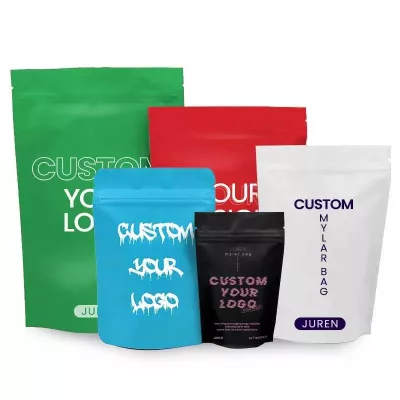
Composition of Mylar Bags: Materials and Structure
Mylar bags work due to a unique material called metalized polyester, a type of polyethylene terephthalate (PET) film that is made stronger by a metallization process. It begins with a PET base layer, a thermoplastic polymer that is valued for its strength, flexibility, and weather resistance. To produce mylar, manufacturers deposit a thin metal coating, typically aluminum, onto the PET film using vapor deposition. This metallization turns the material into a reflective, opaque surface that can be used to block light, a valuable consideration in preventing the deterioration of stored contents.
The resulting structure provides a number of protective characteristics. The aluminum coating serves as an oxygen barrier, reducing the risk of oxidation that ruins fats, proteins, and vitamins in food. It also prevents moisture penetration, which can lead to mold or spoilage in humid environments. PET base provides tensile strength so that the bags are able to withstand physical stresses without tearing or puncturing. Thickness varies but is generally between 3.5 and 7 mils, and the thicker ones are stronger for heavier or sharper contents. All these differ mylar bags from normal plastic substitutes, which are not as strong and airtight.
Production process ensures consistency between batches, producing bags of all sizes from small pouches to extra-large units suitable for bulk storage. Further coatings or layers may be added to impart specific properties, such as increased ultraviolet light resistance or improved sealing characteristics. These characteristics render mylar bags a long-lasting means of protecting dry goods like grains, dried fruits, or spices, or non-commodity items such as electronics or papers from exposure to the environment.
Preservative Mechanisms and Applications
The materials used in mylar bags naturally allow for their principal function: preservation. Oxygen, humidity, and light accelerate stored product degradation, typically within months in less efficient containers. The metalized coating is reflective, preventing the nutritional and sensory properties of food through the inhibition of photochemical reaction. Its impermeability to air and water vapor offers a controlled environment with minimized conditions for microbial growth or chemical deterioration. This makes mylar bags ideally suited to long-term storage.
Applications extend beyond food storage. In factory settings, mylar bags protect sensitive components from corrosion or static harm. For emergency preparedness, they safeguard rations or medical equipment from the elements. The flexibility of the plastic base allows the bags to conform to a wide variety of shapes, and the aluminum coating keeps contents in protection regardless of what occurs on the outside. This adaptability reflects the material’s capacity to serve multiple storage needs, from family pantries to business warehouses.
Are Mylar Bags Reusable: Assessing Pragmatics
The question of are mylar bags reusable arises due to a growing interest in sustainable storage practices. The answer lies in the bag’s construction and past use. Standard mylar bags, sealed airtight for the first time with heat, are not technically reusable in their original form. Once slit open for accessing contents, the bag loses its airtight seal, making a new seal necessary for regaining its preservation atmosphere. However, this does not render them single-use only; under proper use, they can be used for other purposes after the first opening.
Bags with fastening closures that are resealable, such as zippers, take a different photograph. Such constructions provide repeated opening and closing with an air- and watertight seal. The zipper mechanism, incorporated into the bag top, relies on the PET material’s strength to withstand repeated use without failure. This attribute allows users to retrieve contents in increments—i.e., spices or snacks., and reseal the bag for future protection. Even without resealable attributes, opened bags can be recycled for non-airtight storage, like storing small objects or dust-proofing.
Reuse potential is condition-dependent. Those bags which are whole and intact, without punctures or tears, have structural integrity for secondary application. Oil or wet contents contamination may limit reusability since residues disrupt the material’s ability to form a clean seal. Dry brushing or wiping makes cleaning easier, but the abrasiveness sensitivity of the metalized layer requires caution. In practical terms, resealable mylar bags are the simplest path to reuse and is in line with waste reduction objectives while preserving function.
How Long Do Mylar Bags Last: Durability and Lifespan
Evaluating how long mylar bags can last involves the factor of physical resilience and contents protection over time. The PET core is extremely durable against wear, maintaining its form against physical forces like stacking or shipping. Even though the aluminum coating is very thin, it resists environmental exposure without corroding, keeping the bag’s barrier intact. Both of these materials together contribute to a shelf life that could last up to decades in the most favorable storage conditions.
The durability of the bag itself is also dependent upon environmental conditions. Extended exposure to very high temperature or direct sunlight has the potential to degrade the PET over long periods, although the metalized layer does offer some heat buffering. Mechanical failure, i.e., puncture by sharp objects inside or mishandling, is more of an issue, jeopardizing penetration of the seal or the structure. Mylar bags that are in good condition retain little degradation when stored in a shaded, cool, dry location and retain their protective properties for several years.
The storage time of the products also decides how efficiently the bags work. Well sealing—normally aided by oxygen absorbers or vacuuming—mylar bags can store dry foods like rice, beans, or dried fruits for 10 to 25 years, based on the type of food and storage conditions. High-fat foods, such as nuts, will have a naturally shorter shelf life, although the oxygen barrier in the bags extends this far longer than standard storage. The combination of material durability and seal strength ensures mylar bags provide for long-term preservation strategies.
Determinants of Reusability and Shelf Life
There are several factors that affect the reusability and shelf life of mylar bags. Thickness is important; thin bags are sufficient for light loads but will rupture on stress, whereas thicker bags withstand denser or harder loads. Closure type influences primary use and reuse usability; heat-sealed bags require cutting, which drastically restricts reuse without resealing, whereas zipper-sealed bags can be subjected to numerous cycles. Storage conditions in the environment are equally important—humid or hot conditions lead to material degradation, whereas consistent conditions preserve integrity.
Handling practices determine outcomes. Overfilling stretches the edges of the bag, with the risk of splits reducing reusability or longevity. For resealable packaging, the state of the zipper determines reuse viability; rough handling or blockages can reduce its seal over time. The presence of contaminants, such as oils or moisture, reduces the bag’s ability to clean up after subsequent uses. Addressing these factors with careful choice and handling maximizes the functionality and useful lifespan of the bags.
Practical Uses Considerations
The proper utilization of mylar bags entails factors of their material characteristics. In the first step of storage, there should be sufficient space—typically 2 to 3 inches—remaining at the top for sealing, either by heat or vacuum seal techniques. Heat tool sealing comprises applying constant pressure for a couple of seconds until the edges join, allowing no air to creep back in. For reuse, resealable bags should be checked for zipper functionality, while opened bags can be repurposed with a new seal if intact. Storage in elevated, dry locations prevents moisture wicking from floors or walls.
Compatibility with preservation enhances longevity. Oxygen absorbers remove air to prevent oxidation, and vacuum sealing does the same mechanically. Both rely on the material strength of the bag to maintain the resulting environment. Periodic inspection of stored bags, especially in long-term storage, identifies potential wear before it deteriorates contents to enable continued functionality.
Advancements and Future Prospects
The evolution of mylar bags parallels ongoing advancements in their materials and applications. Manufacturers are producing thicker models to provide more resistance to physical stress, addressing demanding storage needs. Re-sealable configurations are being upgraded with more durable zippers that can be used repeatedly without losing function. Biodegradable forms are emerging, utilizing environmentally friendly polymers that degrade over time but preserve protective qualities while being used.
Innovations also include specific coatings to make them more resistant to moisture or ultraviolet radiation, further boosting environmental compatibility in the bags. Addition to high-tech preservation gizmos, i.e., enhanced oxygen absorbents or vacuum-sealing enhancements, makes them even more useful. These advancements preclude end-users’ worry over structure, reusability, and shelf stability, with the solutions conforming to modern-day preservation and eco-friendliness considerations. Mylar bags evolve further, securing their place as a sound means of storage.
A Complete Understanding
Mylar bags, based on metalized polyester, provide a cutting-edge answer to preservation requirements, marrying toughness with protective powers. Their reuse capability, particularly in resealable packages, makes them suited to utilitarian and environmental applications, and their material toughness ensures durability under proper conditions.


